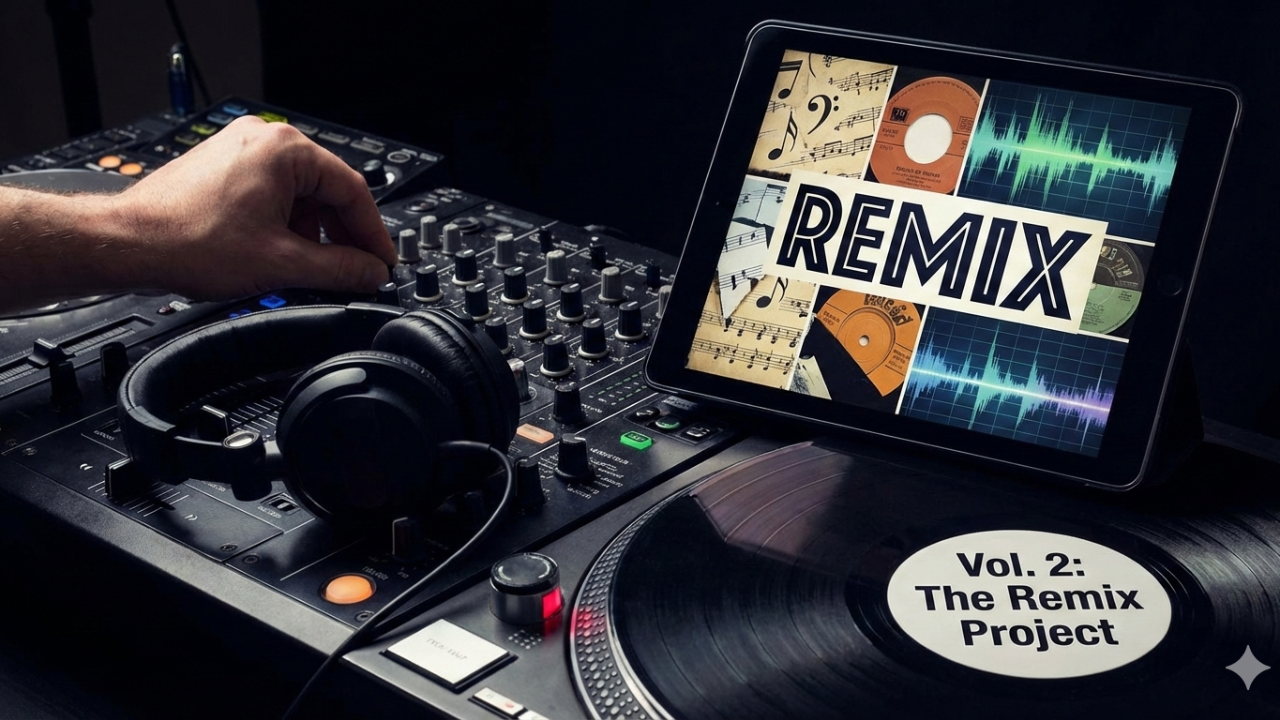Education: We Have a Quit Point Problem
Jul 10, 2025
Opinion
By Adam Chamberlin
Despite two years of disrupted pandemic learning, educators hoped that this past year schools would return to normal—as if remote learning, hybrid schedules, and wearing masks would stop, and it would suddenly look like school again. At least that’s what they told us—probably because everyone was desperate to move past the pandemic that shut down the world.
The problem is that it did happen, and it impacted all of us differently. Obstacles to learning existed before the pandemic, but two school years amplified them. While some could cope and adjust to the new standards and remote learning, many people—often the most vulnerable individuals in society—did not adjust.
While a handful of students flourished with the flexibility of distance learning, many desperately missed the structure and support that “normal school” provided.
I have talked to many peers who say, without hesitation, that this past year was their most challenging year of teaching. This response is standard, regardless of the years of experience, regardless of the age of the students, and regardless of urban, suburban, or rural districts. This past year was tough, and teachers struggled to see much hope.
It is time that we acknowledge that the world of education has a Quit Point problem. While we learn to live with the realities of COVID, the world of education begins to deal with the ramifications of our Quit Point pandemic.
 One common theme is that many students do nothing. I’m not talking about a lack of engagement. Several students have simply stopped attempting any learning activities. They don’t participate in lessons. They refuse to take quizzes or tests. I’ve even seen students ignore discipline from administrators and walk back to class.
One common theme is that many students do nothing. I’m not talking about a lack of engagement. Several students have simply stopped attempting any learning activities. They don’t participate in lessons. They refuse to take quizzes or tests. I’ve even seen students ignore discipline from administrators and walk back to class.
It is extremely disheartening as an educator and disruptive to any learning culture. Likewise, teachers are walking away from the profession because they don’t feel valued and effective.
So what can we do about it?
- We can acknowledge the problem. This is not a return to normal for many students. Educators are helping students with learning deficiencies, total apathy, and the trauma associated with two years of pandemic living.
- I witness daily occurrences with students who experience complete emotional breakdowns. I feel like I have to put out three fires and find safe places for these students before I can even begin teaching my class.
- Our new normal is not bell-to-bell learning or a rigorous depth of understanding—at least not for every student. We must recognize that many students no longer see any benefit to education and will not participate. Learned helplessness occurs over time—and fixing those learned behaviors will also take time.
- We can provide opportunities to support students and educators by building optimism and increasing the value associated with learning. Setting short-term goals and framing objectives in terms of growth and improvement, rather than test scores and achievement, can go a long way in helping people engage.
- Many people won’t try when the hurdles look too high, but many will work toward getting better as long as we view efforts as true successes.
- We can provide support for students that are struggling with both short- and long-term obstacles. I know many districts already provide systematic support structures to help with students’ growing mental, social, and emotional needs.
- Treat time working on students’ social and emotional needs with the same care and focus as you treat academics. After all, we should not be surprised when a student dealing with obstacles outside of school struggles to provide their best effort on our classwork.
- Consider the best ways to practice and assess student learning in a flexible and personalized way for each student’s needs. Work to assess what students have learned instead of what they have the stamina to demonstrate on the particular time and day you’ve chosen to give a test.
- Allow space for students to have bad days and rebound academically when they’re feeling better. We may be surprised how students react when they feel seen and treated as individuals instead of a number in our grade books.
Finally, we can support our peers in education, starting with ourselves. A colleague last year reminded me that her word of the year was “grace.” I strive to be the best version of myself daily. That “best” varies based on the external factors that impact my work and personal life.
Checking in on our peers, seeing them first as individuals, and providing support will make it a little easier to get through difficult stretches in the upcoming school year. If we are going to make strides, we as educators need to acknowledge the problem and utilize strategies to overcome our Quit Points.





